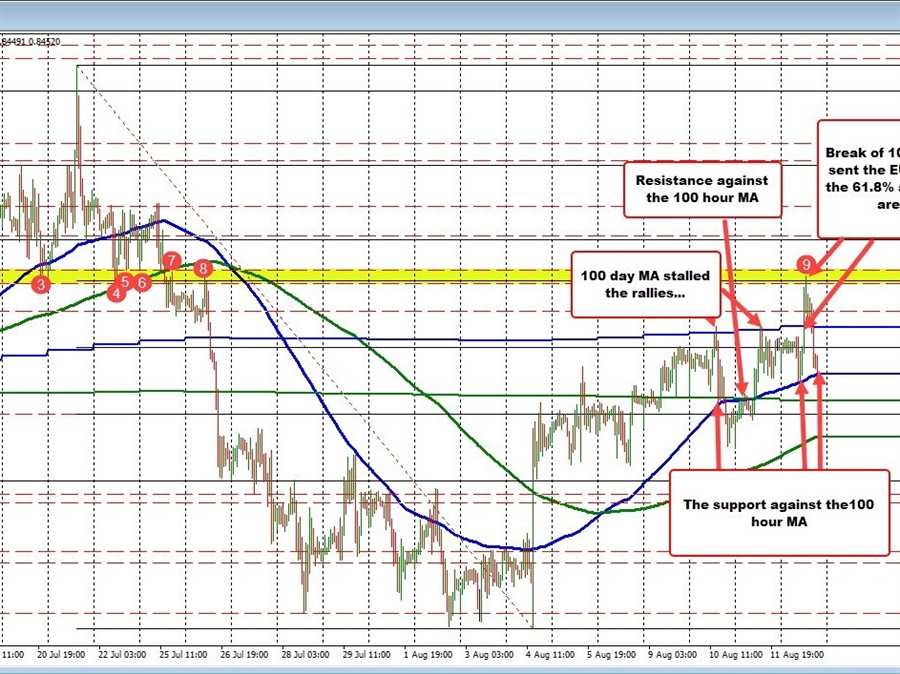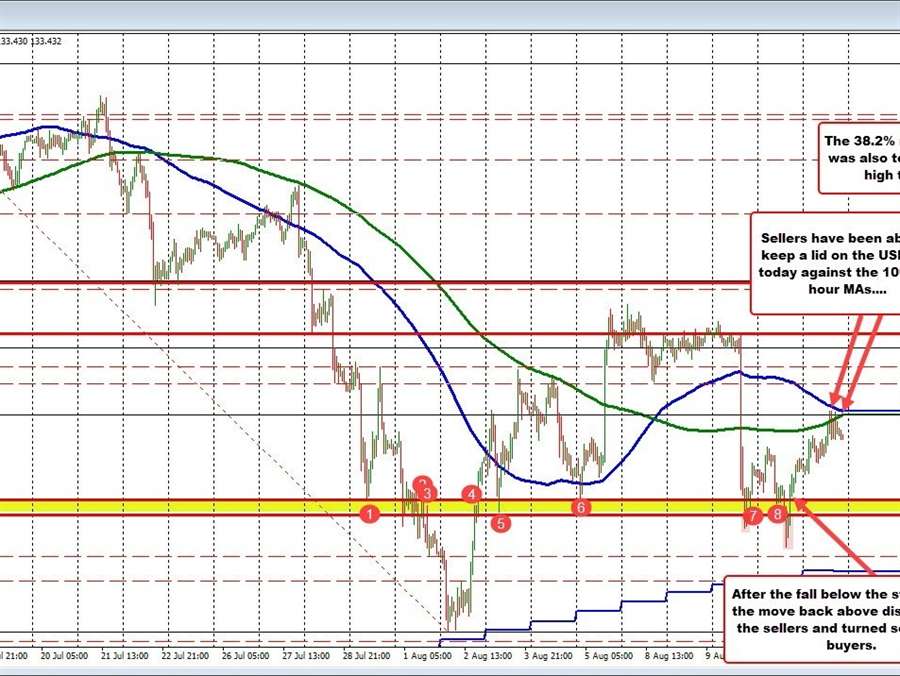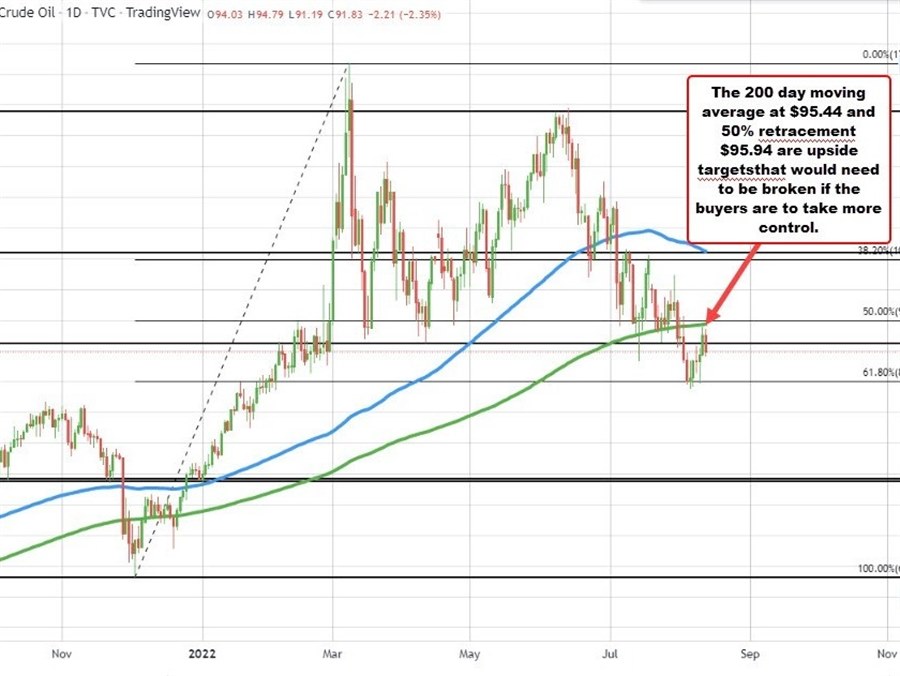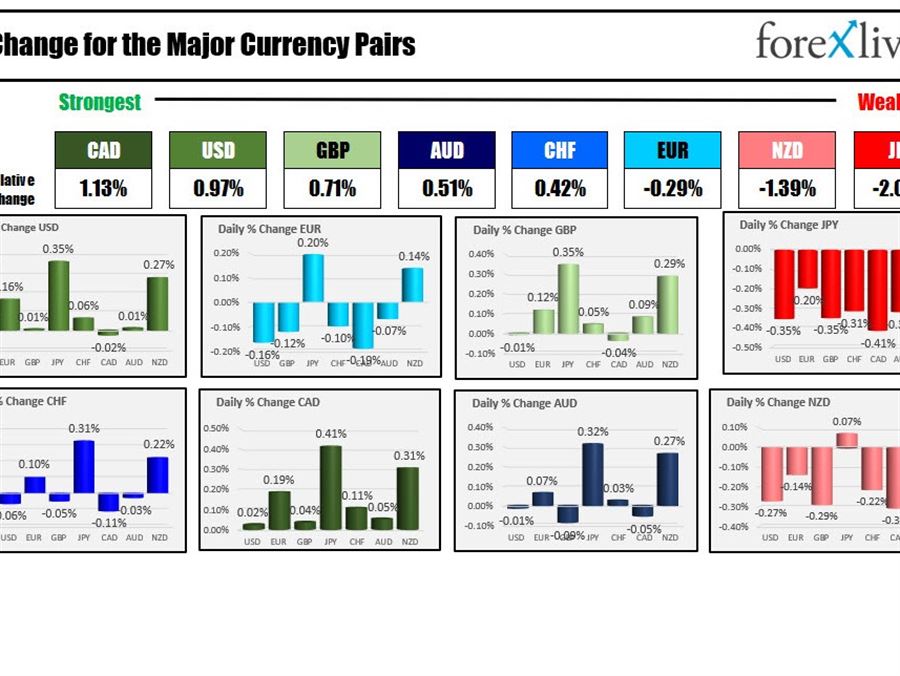The USDJPY Read this Term JPY Read this Term
US vs JPY 10 year yield spread
Looking at the weekly chart below, the price moved to a high today at121.407 and in the process got closer to the next swing area going back to November 2014 to January 2016 at 121.68 to 122.019.
Yes, the price at the high today was still 28 to 61 pips from breaking that target area, but given the last 3 week move to the upside, it certainly got to those targets rather quickly as buyers have pushed with speed.
Trends are fast, directional and tend to go farther than traders expect, and that is what has been happening.
USDJPY on the weekly chart
Having said that, the pair has come off the highs and has erased the gains for the day. We may actually have the second down day in the last 13 trading days today. The close from yesterday came in at 120.82. The current price is trading at 120.67. There is a small crack in the dam. Stocks are lower. The US 10 year yields are also lower for a change. That is hurting the pair in trading today.
Going all away from the weekly chart to the five minute chart below, the move was foreshadowed by the price cracking back below the 100/200 bar moving averages on that chart (see blue and green lines in the chart below).
Note the last move to the downside, found resistance against the falling 100 bar moving average (blue line), and then the 200 bar MA. Buyers turned to sellers and pushed down from around the 121.00 level to the low today of 120.70.
USDJPY shows some cracks on the 5 minute chart
What next?
Staying on the five minute chart, sellers looking for more downside would still need to get below the 38.2% retracement of the last trend move it to the upside started on Monday to increase any bearish bias. That level comes in at 120.528. Move below that level, and traders would target the 50% of the same move to the upside at 120.257.
Those would be the minimum targets to give the sellers more control. Remember the retracement is only from the move over the last few days. The market price for the USDJPY has been moving up over the last 12 days.
What would hurt the short term bearish bias today?
Moving back positive, but also getting back above the falling 100 and 200 bar moving averages on the five minute chart would certainly erase any negative/selling hope in the market for the day.
ADVERTISEMENT – CONTINUE READING BELOW













